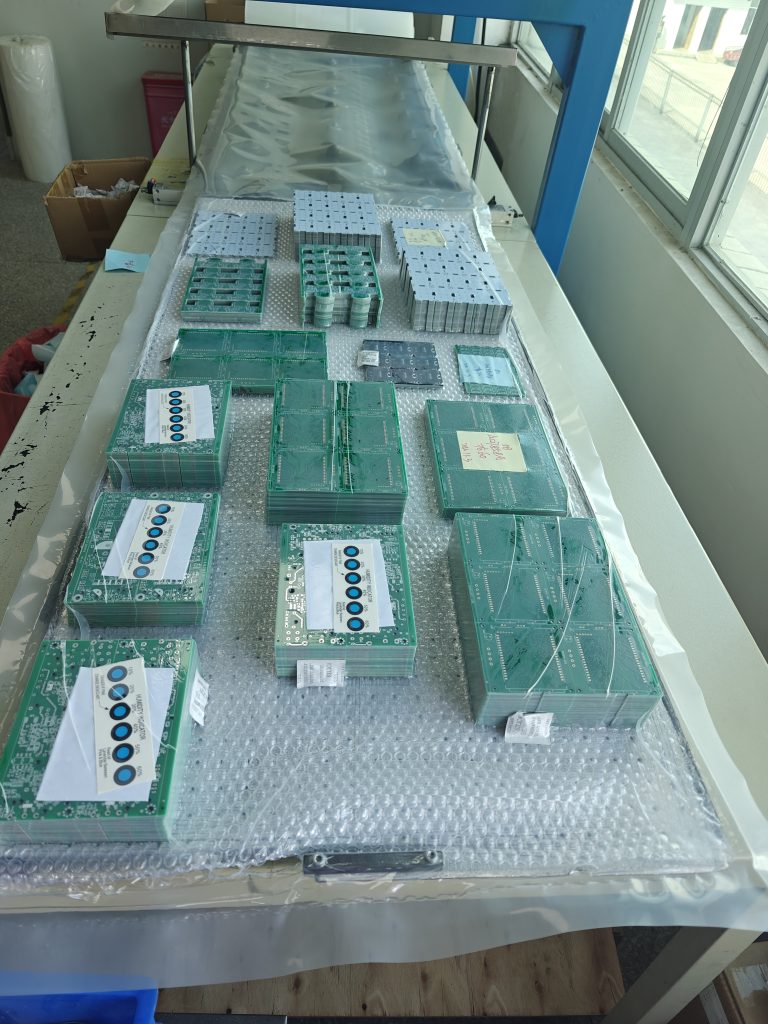In the manufacturing process of electronic products, PCB packaging is the last step to ensure that the circuit board safely reaches the hands of customers. Different packaging materials and processes have a significant impact on the protective effect of the PCB.

Importance of Packaging
– Packaging protects PCBs from physical shock and environmental impacts.
– Proper packaging reduces damage, saves costs, and maintains quality.
Common Packaging Materials
Anti-static bag: Prevent static discharge, and protect sensitive components.
Foam Packaging: Provides cushioning, absorbs shock, and protects against static electricity.
Bubble wrap: Economical cushioning material, adaptable to different sizes.
Moisture-proof bags: block moisture, and prevent corrosion.
Plastic film: secures components, protects against dust, and prevents static electricity.
Corrugated cardboard box: strong and durable, protects PCB from heavy pressure.
Difference between different packaging
Anti-static bag and foam packaging: the former focuses on static protection, and the latter provides physical cushioning.
Bubble wrap and plastic film: the former is more economical, and the latter has better stability.
Moisture-proof bag and silicone package: the latter can absorb more residual moisture.
Environmental Trends
– Eco-friendly materials such as recyclable cartons and biodegradable plastic films are becoming increasingly popular.
– Green packaging reduces the burden on the environment and is in line with sustainable development.
Packaging technology
– Vacuum packaging protects against moisture and is suitable for long-distance transportation.
– Customized packaging meets special needs, such as large-size PCBs.
Conclusion:
Choosing the right packaging material and process is essential to protect PCBs. Modern packaging should not only protect the product but also be environmentally sustainable and enhance the brand image.
